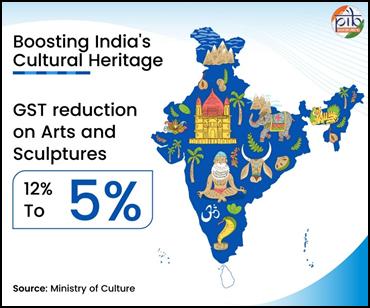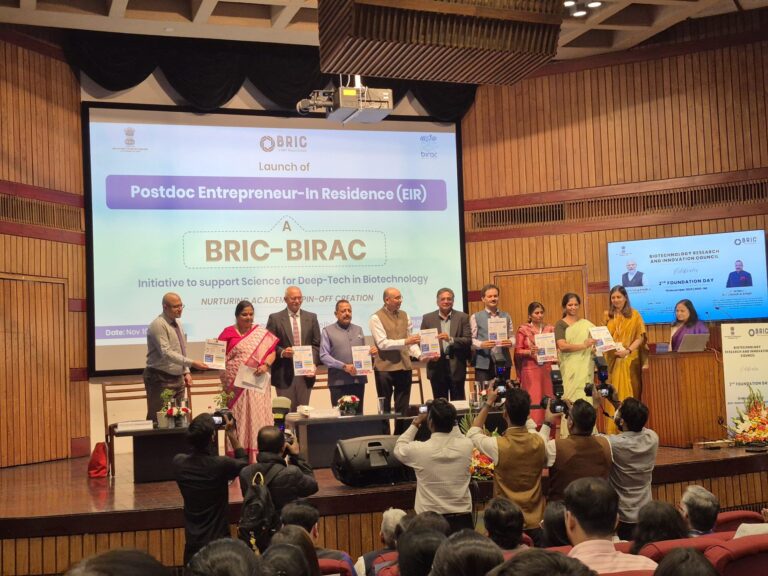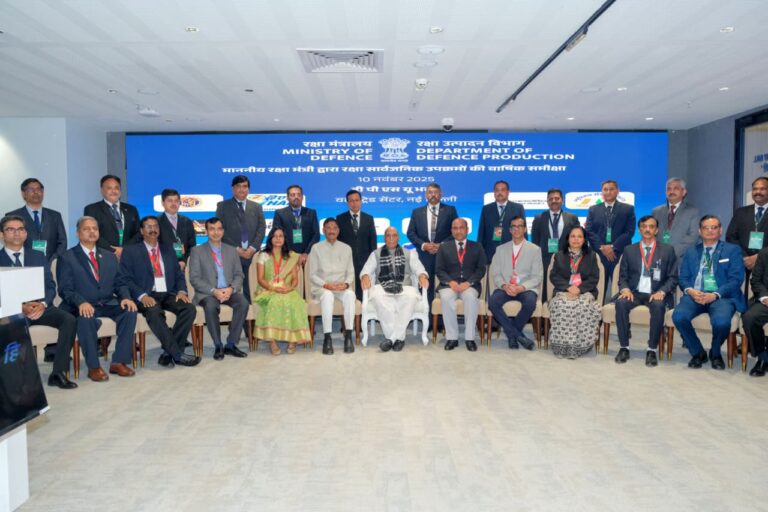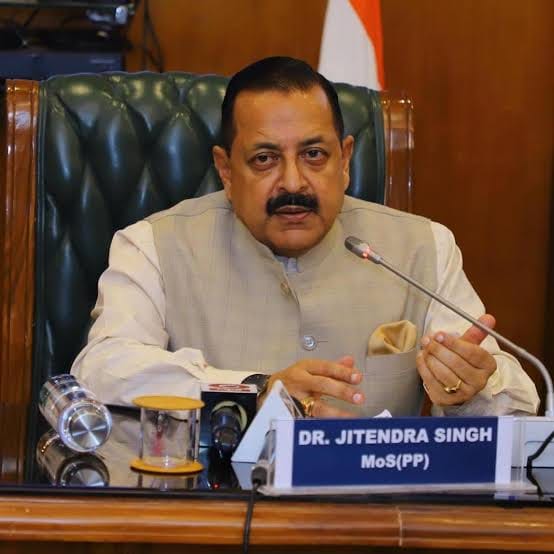
The Indian government has announced major GST reforms aimed at boosting the nation’s tourism, transport, and cultural sectors. These strategic GST reductions, introduced under the leadership of Prime Minister Narendra Modi, are designed to make travel and cultural experiences more affordable for both domestic and international visitors. By reducing tax burdens, the government intends to accelerate the post-pandemic recovery of these sectors, foster job creation, and encourage investment. The reforms align with the broader vision of sustainable and inclusive growth, reinforcing India’s appeal as a vibrant and diverse destination.
GST Reduction on Hotels and Buses
To make hotel stays more affordable for travelers, the GST rate on hotel rooms costing less than ₹7,500 per day has been slashed from 12 per cent to just 5 per cent. This change, which comes without Input Tax Credit (ITC), directly benefits middle-class and budget travellers, and is expected to significantly boost demand for weekend getaways, pilgrimage circuits, and eco-tourism. This lower tax rate also aligns India’s hospitality sector with international standards, making the country more competitive for foreign tourists. This move will also encourage new investments in mid-segment hotels, homestays, and guesthouses, leading to job creation and improved infrastructure.

In a move to promote public transportation, the GST on buses with a seating capacity of 10 or more people has been reduced from 28 per cent to 18 per cent. This cut lowers the upfront cost of buses and minibuses, making them more accessible for fleet operators, schools, and tour companies. The savings will likely translate into lower ticket fares, particularly on semi-urban and rural routes, making public transport a more attractive and affordable option for daily commuters. This shift is expected to reduce road congestion and pollution. It will also supporting the expansion and modernisation of public transport fleets, ultimately enhancing safety and comfort standards.
Supporting Artisans and Preserving Cultural Heritage
In a significant move to support India’s rich tradition of craftsmanship, the GST on art and cultural goods has been reduced from 12 per cent to 5 per cent. This applies to a wide range of items, including statues, statuettes, original engravings, and stone artwork. The reform provides direct financial support to the nation’s artisans and sculptors, many of whom are part of traditional cottage industries. This measure helps preserve living traditions of temple art, folk expressions, and miniature painting, while also promoting Indian culture globally. The lower tax will integrate the heritage economy with modern markets, giving traditional art forms renewed economic viability and encouraging their preservation for future generations.

The expected impact of these GST reductions is substantial. They are projected to fuel a major tourism boost, leading to greater domestic and foreign tourist inflows. This growth, in turn, will create new jobs across the hospitality, transport, and artisan sectors. By fostering greater accessibility and preserving cultural heritage, these measures are poised to generate significant economic growth, reinforce India’s brand on the global stage, and lay the foundation for a more inclusive and sustainable future.





